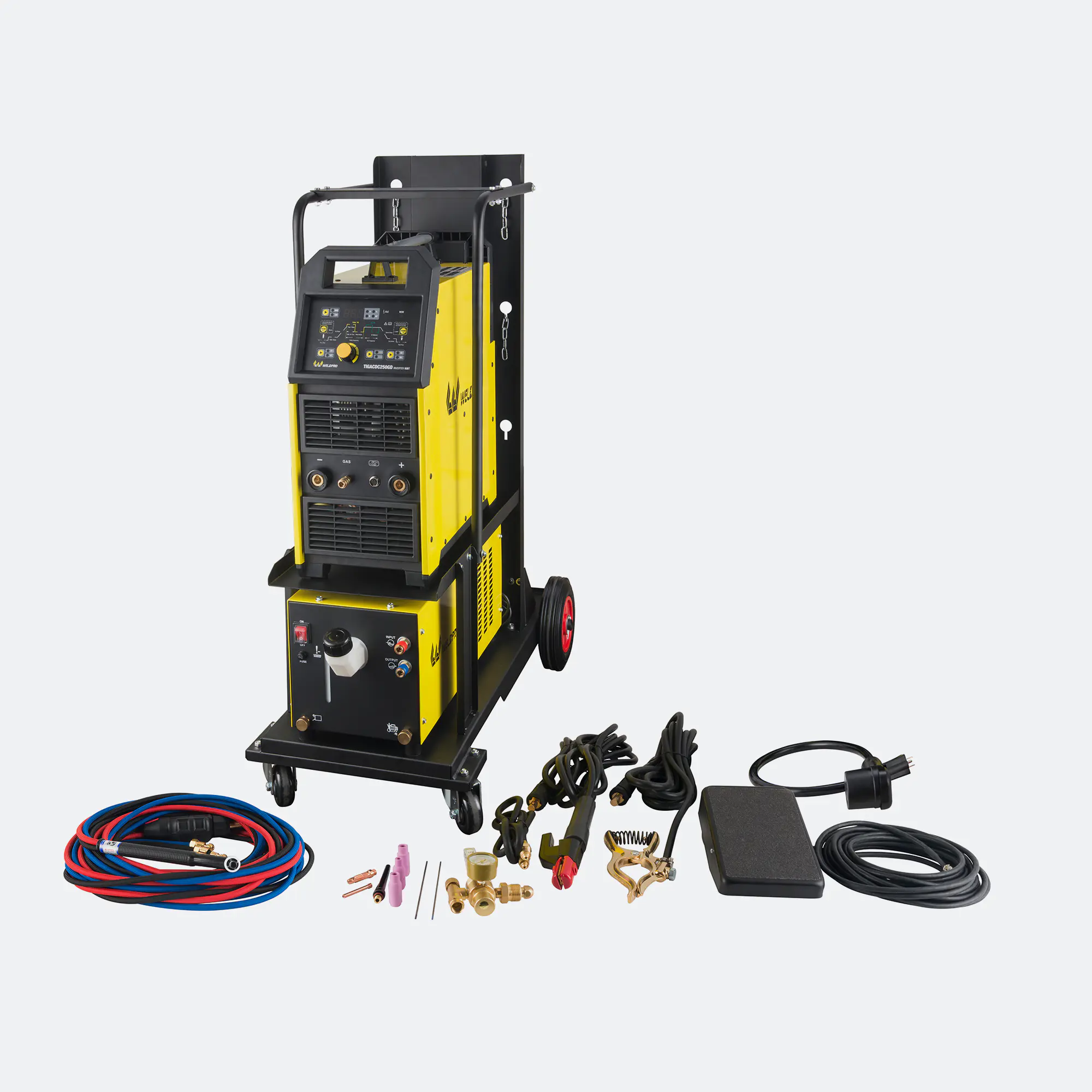 Where To Buy
Where To Buy  Sign In
Sign In-
Cart
Loadding...
In particular, the integration of the IGBT plasma cutter and the IGBT Inverter Non-High Frequency Plasma Cutting Machine has bec
The welding industry is undergoing significant changes as emerging markets increasingly adopt advanced technologies to meet growing industrial needs. Among these advancements, IGBT inverter welders have gained substantial attention for their efficiency and versatility. In particular, the integration of the IGBT plasma cutter and the IGBT Inverter Non-High Frequency Plasma Cutting Machine has become a notable trend, reshaping the landscape of welding and cutting operations in developing regions.
Emerging markets are witnessing rapid industrialization, which fuels demand for reliable and adaptable welding equipment. IGBT inverter welders, which use Insulated Gate Bipolar Transistors (IGBT) for efficient power switching, provide an appealing solution. These welders are valued for their ability to deliver consistent performance while maintaining energy efficiency. The incorporation of the IGBT plasma cutter enhances its functionality, allowing users to perform precise plasma cutting alongside welding operations, reducing the need for multiple machines.
One important factor driving the adoption of IGBT inverter welders in emerging markets is their ability to operate efficiently under varying power supply conditions. Many developing regions experience inconsistent electrical grids, which can adversely affect traditional welding equipment. However, IGBT technology enables better control of power fluctuations, making the IGBT plasma cutter a reliable tool for industries where power supply stability cannot be guaranteed. This robustness extends to the IGBT Inverter Non-High Frequency Plasma Cutting Machine, which is designed to offer smooth cutting performance even in challenging electrical environments.
The versatility of IGBT inverter welders is another key factor influencing their demand. The IGBT plasma cutter can handle a range of materials, including stainless steel, carbon steel, aluminum, and copper alloys. This flexibility allows industries such as automotive manufacturing, shipbuilding, and construction to streamline their fabrication processes. Similarly, the IGBT Inverter Non-High Frequency Plasma Cutting Machine supports clean and accurate cuts, reducing material waste and improving overall production efficiency. For emerging markets aiming to improve manufacturing quality while managing costs, these tools provide practical benefits.
Cost efficiency is a critical consideration for businesses in emerging markets. IGBT inverter welders, combined with the IGBT plasma cutter, offer lower operating costs due to improved energy consumption and reduced maintenance requirements. Unlike conventional welding systems, the IGBT technology operates with small heat loss and higher switching speeds, resulting in less wear on components. This durability translates into fewer repairs and longer service life, which is essential for companies working with tight budgets and limited access to replacement parts. The IGBT Inverter Non-High Frequency Plasma Cutting Machine similarly supports cost-effective cutting processes by reducing consumable use and enhancing operational uptime.
Training and ease of use also impact the growing popularity of IGBT inverter welders in emerging markets. Many of these devices are designed with user-friendly interfaces and simplified controls, enabling operators with varying skill levels to achieve consistent results. The IGBT plasma cutter often comes with adjustable parameters to accommodate different thicknesses and materials, while the IGBT Inverter Non-High Frequency Plasma Cutting Machine typically features straightforward setup procedures. This accessibility encourages wider adoption across small and medium-sized enterprises, which constitute a significant portion of industrial activity in developing economies.
Environmental considerations are increasingly influencing equipment choices worldwide, including in emerging markets. IGBT inverter welders generate less electromagnetic interference and produce more stable arcs, which reduces harmful emissions during welding. The IGBT plasma cutter contributes to cleaner cutting by producing minimal slag and dross, resulting in less post-processing and waste. Additionally, the IGBT Inverter Non-High Frequency Plasma Cutting Machine's efficient power management helps decrease overall energy consumption. These factors align with growing regulatory pressures and corporate sustainability goals in developing countries, further encouraging the shift toward IGBT-based solutions.
In conclusion, the rising demand for IGBT inverter welders in emerging markets is driven by several interconnected factors. The need for reliable, cost-effective, and versatile welding equipment suits the unique challenges of these regions. The combination of the IGBT plasma cutter and the IGBT Inverter Non-High Frequency Plasma Cutting Machine offers a compelling package that supports diverse industrial applications while addressing power supply inconsistencies and operational efficiency. As industrialization continues to accelerate in emerging economies, the role of IGBT inverter welders is expected to expand, supporting the development of more robust and sustainable manufacturing sectors.
Subscribe to Our Newsletter!